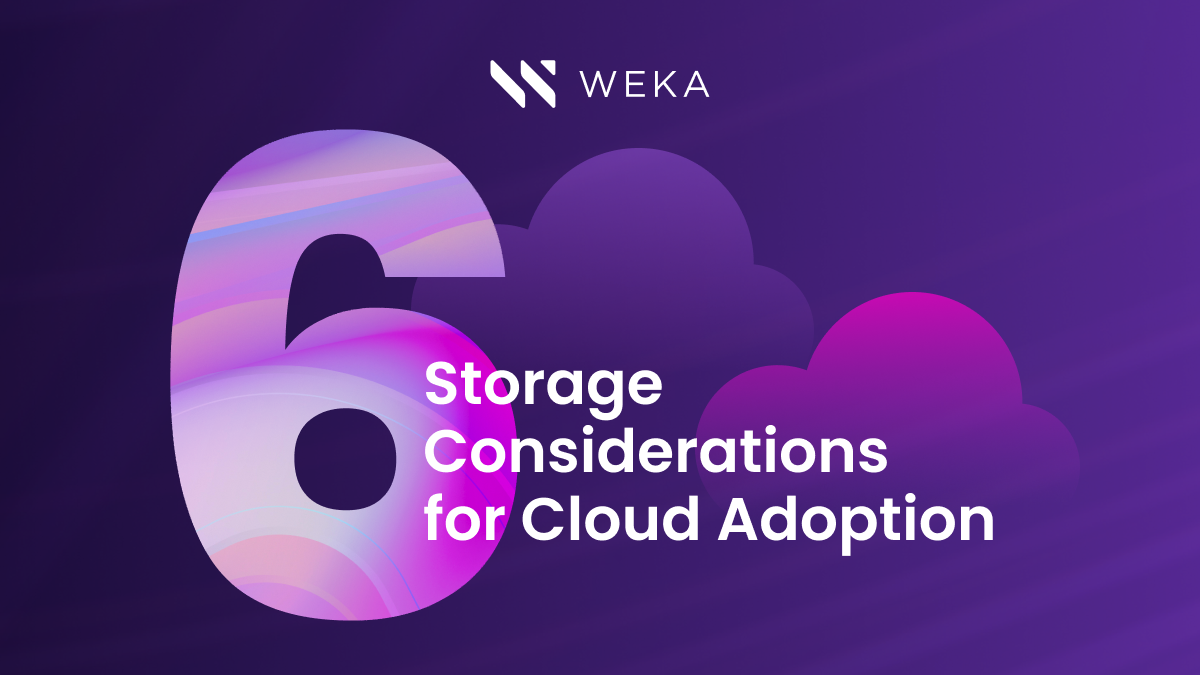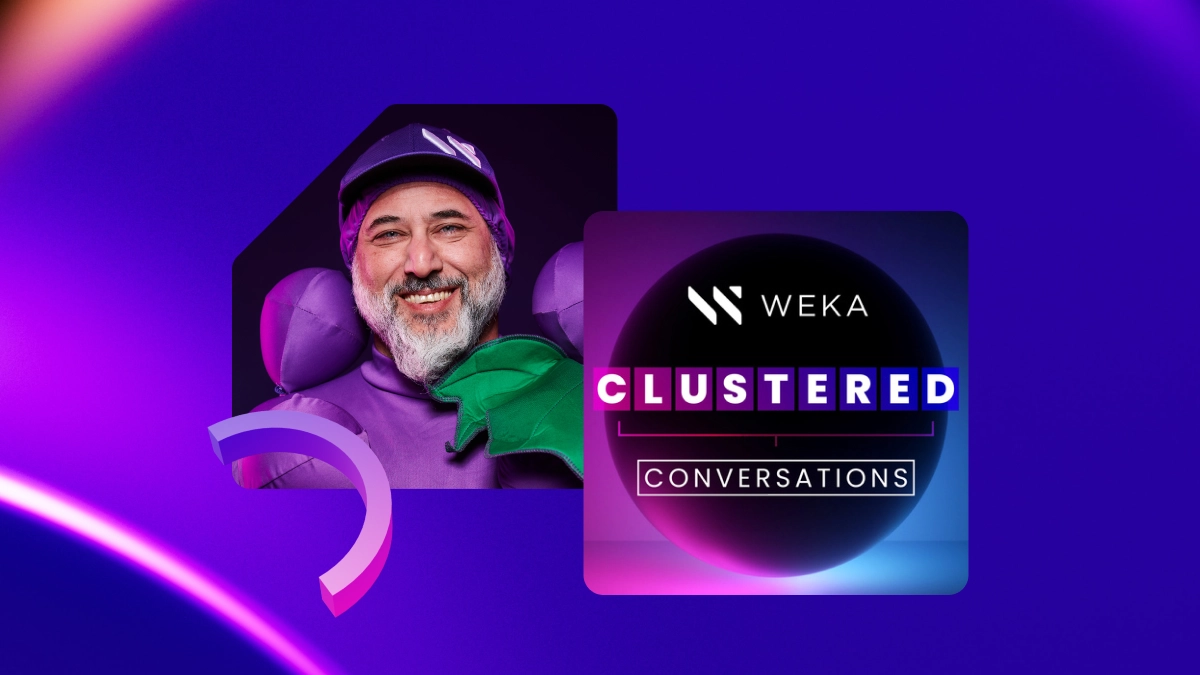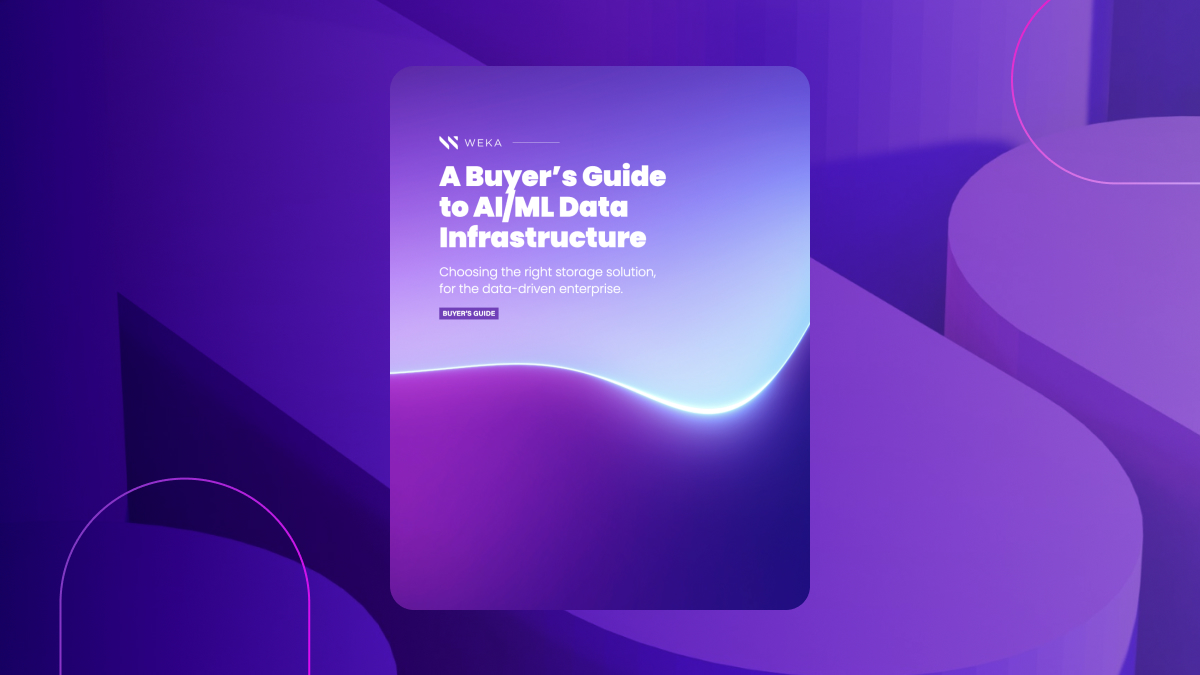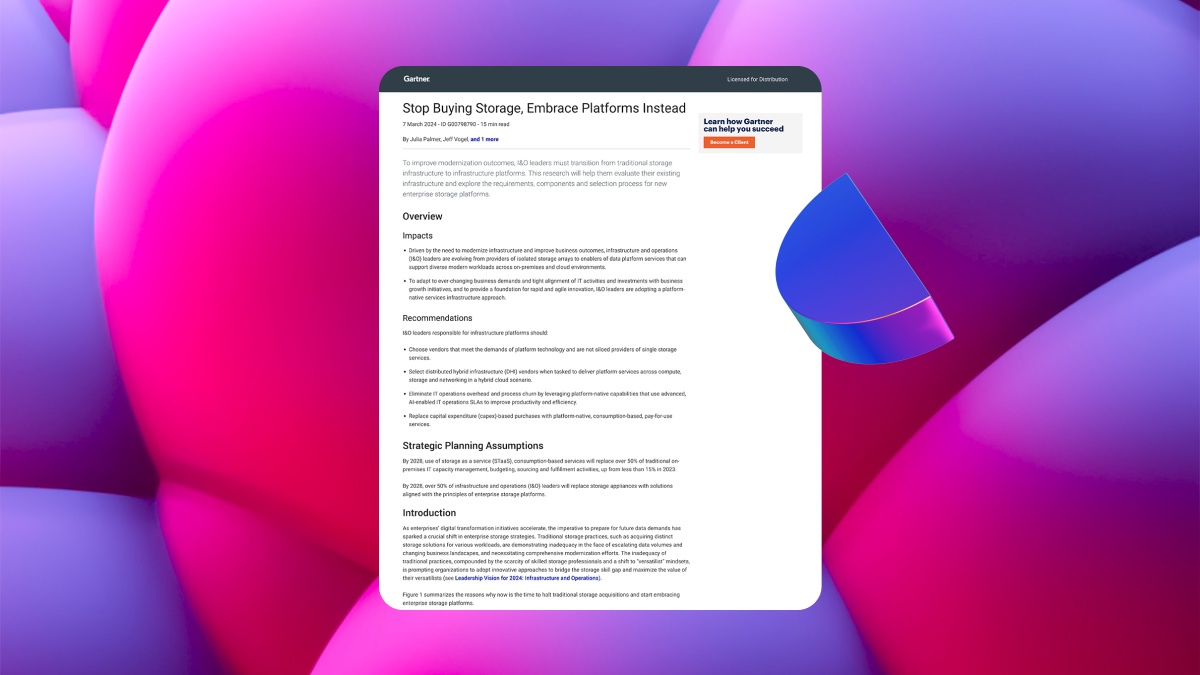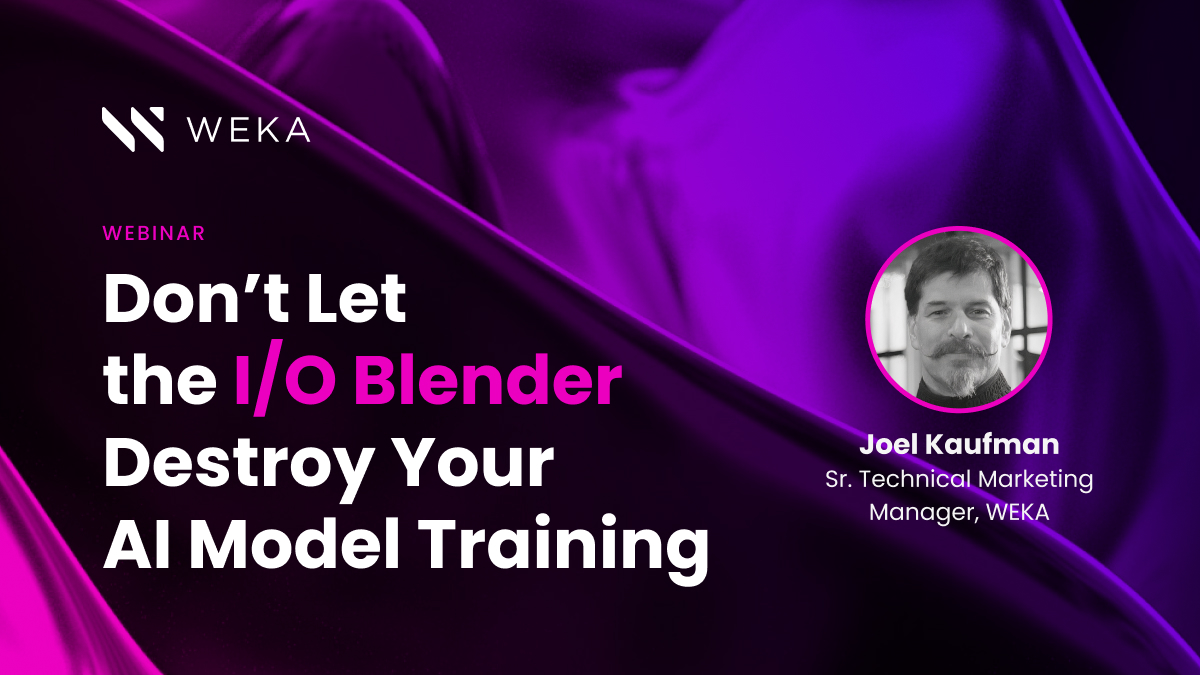What is Data Orchestration? A Guide to Handling Modern Data

What can data orchestration do for you? We explain how data orchestration allows you to efficiently automate and streamline large volumes of complex data.
What is data orchestration?
Data orchestration automates processes related to managing data, such as bringing data together from multiple sources, combining it, and preparing it for data analysis. It can also include tasks like provisioning resources and monitoring.
From Cron to Orchestration – What is Data Orchestration?
Data orchestrations is a relatively new discipline in computer engineering, especially as data orchestration becomes wedded to cloud computing and storage. The concept of managing data in a way that brings together the right data for the right purpose has been a topic of systems administration for decades, albeit in ways that aren’t as effective as initially thought.
At the heart of a data orchestration infrastructure is the authoring of data pipelines and workflows to move data from one location to another while coordinating the combining, verifying and storing of that data to make it useful. In the earliest days of systems administration, engineers and programmers would use a tool called “cron”, a utility in Linux systems that allowed them to schedule jobs like transferring data from different locations.
Obviously, as system complexity and data needs evolved and grew, the building of complex cron jobs became more and more involved, almost a discipline in themselves. These earliest forms of manual data orchestration were plagued by problems like:
- Dependencies between different jobs had to be handled manually, which meant time-consuming and error-prone assessments.
- Assessing performance involved lengthy evaluations of audit logs built manually from hand-coded utilities.
- Errors were often fatal, and staff had to fix these errors manually to get them working again.
So, modern data orchestration evolved from manual orchestration efforts with an emphasis on automation, conceptualization and analytics to support optimization. In fact, the term “data orchestration” wasn’t entered into engineering parlance until 2017.
As orchestration has become more and more involved, it became clear that older methods weren’t addressing one of the major limitations to optimal data use: data silos. Data silos aren’t literally silos, but instead a conceptual description for the phenomenon where data gets trapped in a single location, organization or application without an easy or clear way to access and utilize it. Orchestration, in many ways, is the practice of breaking down silos by making that data accessible. Following that, it has become the task of modern orchestration to facilitate breaking down silos and make data more accessible and useful across the organization.
In order to do this, modern data orchestration involves defining the basic task or tasks within a data system and running what’s known as a direct acyclic graph (DAG) that illustrates all relevant tasks and their relationship to one another. Automation through code can define the structure of these tasks in terms of linear “If-Then-Else” workflows, time-triggered events, conditional task execution or even by measuring the time between one task and another.
The Five Parts of Data Orchestration
While data orchestration tasks operate within larger workflows, the actual work they accomplish can vary from system to system. By and large, however, these tasks can fall into five primary parts:
- Collecting and Preparing Data: More often than not, data must be structured and prepared before it enters or moves through a system. This includes performing checks for integrity and correctness, applying labels and designations, or enriching new third-party data with existing database information.
- Transforming Data: Not all data will work in the same system as is. Orchestration will inevitably apply transformations to pieces of data to ensure that it plays well within a given task. This contributes to creating an “omnichannel” view of the data relevant to a given application.
- Automating Enrichment and Stitching: Based on conditions with data, orchestration systems can start performing tasks like documenting and reporting on data, cleaning up duplicated data, and so on.
- Decision-Making Around Data: A data orchestration schema will then start to make decisions that can weight, rank, organize or curate that data based on rule-based criteria. Currently, AI models are also driving intelligent decision-making around data orchestration.
- Syncing: Finally, your system will write data to a data store, data lake or data warehouse, depending on where it needs to be.
Challenges in Data Orchestration
Data orchestration brings automation and logic to large volumes of data, breaking down silos and bringing data together for useful purposes. Like any complex IT process, however, data orchestration has its own set of implementation challenges.
These challenges include:
- Complexity: Orchestration processes can become complex, even with the newest of technologies. Engineers and scientists can devote entire careers to developing comprehensive solutions to manage complex data workflows.
- Heterogeneous Architectures: Adding to the complexity of data orchestration is the myriad storage and computing infrastructures available for use. This includes not only different database platforms but even entire cloud configurations (public, private or hybrid) and infrastructures (SaaS, PaaS, IaaS, etc.).
- Automating Data Cleansing and Stitching: Having an omnichannel view of data involves accurate and sound cleaning and stitching of data from a variety of locations and collection sources, each with its own limitations and configurations.
- Regulations and Compliance: With data moving from one location to another through different processes and media, security and compliance are going to become huge issues for a data orchestration system. GDPR, for example, requires companies operating in the EU to document consent for marketing and requests for data deletion, records that must remain intact no matter where they are. Likewise, U.S. frameworks like FedRAMP or HIPAA have rigorous requirements for the security, encryption, and use of private data without any wiggle room.
- Data Governance: To maintain effectiveness in a data orchestration system, governance is going to be key. Not only are clear governance standards often required as part of compliance frameworks, but it also helps enterprises determine the scope, scale and effectiveness of data collection and integrity management.
Data Orchestration and Cloud Storage
Data orchestration isn’t bound by a particular type of data, data platform, or infrastructure. The growth of cloud technology, however, has pushed engineers to develop more cloud-driven orchestration approaches to maximize the advantages cloud infrastructure brings to the table while leveraging sound orchestration principles.
By and large, data orchestration platforms are becoming increasingly abstracted from lower-level solutions to facilitate hybrid cloud orchestration. For example, cloud solutions like AWS or Azure have some form of orchestration available. Higher-level cloud orchestration can abstract these systems and leverage their capabilities to build solutions that can handle complex orchestration over hybrid cloud and on-prem environments.
Unify Data Silos to Optimize Data Management with WEKA
Data silos limit your ability to get the most value out of your data. Your organization needs to deploy high-performance computation solutions that can draw from your collected data without tripping over opaque systems and unavailable information.
WEKA operates wherever your data is: on-premises, on the cold, or in a hybrid cloud environment. We do so without sacrificing HPC for your data-intensive applications, whether in the life sciences or training AI and machine learning platforms. Best of all, through an environment-agnostic approach to clouds, containers and bare-metal servers, WEKA accomplishes this by working with your existing IT infrastructure.
If you’re ready to discover how WEKA can help you transform your data storage into a modern data orchestration environment for high-performance computation and optimized storage, contact us to learn more.
Additional Helpful Resources
Six Mistakes to Avoid While Managing a Storage Solution
What are Modern Workloads?
How to Rethink Storage for AI Workloads
